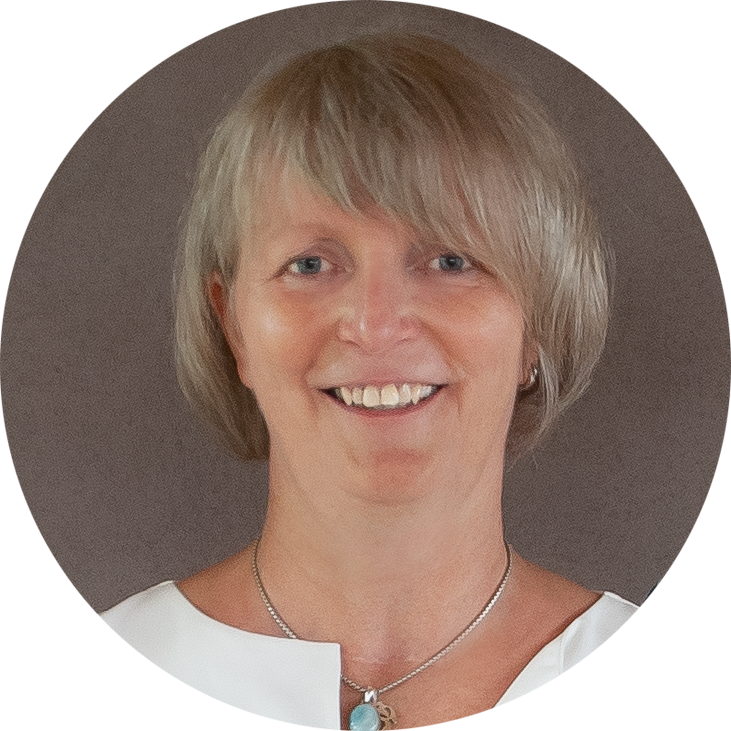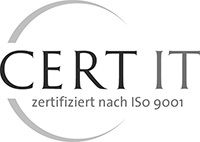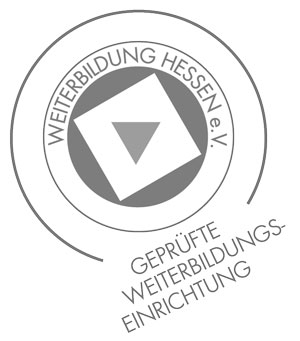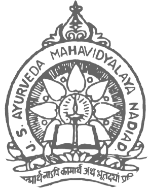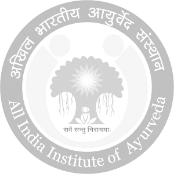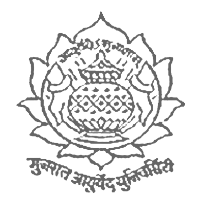Article by Petra Eich-Mylo, alternative practitioner, specialist for Ayurveda therapy and herbal medicine
Chronic headaches belong to the modern civilization diseases. In Germany about eight million people suffer from migraine. Statistically, women are affected far more often than men. The disorder is usually diagnosed between the ages of 25 and 45. However, children are increasingly complaining of migraine-like headaches. After puberty, it is predominantly women who are affected, while similar symptoms in men are often not referred to as migraines.
Due to their frequency, about 500 million € are spent annually in Germany for medical and drug treatment of migraine. Many sufferers, who have grown tired of taking moderate to heavy pharmaceuticals, are therefore looking for an alternative treatment option and so more and more headache sufferers are finding their way to our Ayurvedic medical cures. Already in the ancient Ayurvedic scriptures the migraine headache (Ardhavabhedak) is described and the often successful treatment method has not lost its validity until today.
In contrast to orthodox medicine, Ayurveda focuses on the combination of a variety of healing approaches and therefore proves particularly effective in chronic diseases that are associated with a psychological component.
Origin of migraine from an Ayurvedic point of view
Increased Vata and Pitta are usually the cause of migraine. However, it is essential to differentiate in the classical Ardhavabhedak on the case.
The driving force is Vata, especially if a Vata prakrti is already present, which is manifested by the physical and mental symptoms (e.g. tendency to constipation, anxiety, nervousness, etc.). In the case of excessive Pitta, heat in the head is in the foreground. Especially here, too, if a Pitta constitution is present, which manifests itself in accompanying problems such as high blood pressure, skin sensitivity, excessive demands and pent-up emotions. Kapha is additionally disturbed in both cases, which can be seen in the nausea, vomiting or feeling of heaviness that often accompanies it.
Even if the pathophysiology of migraine is not fully understood in modern medicine, one could interpret the mentioned dosha processes as follows: Hyperactive nerve cells cause tension and subsequent expansion in the blood vessels. Inflammatory substances are released and produce the extensive pain and complaint pattern in manifold processes.
In the anamnesis all typical factors should be inquired in order to determine the dominance. Often there are combined forms, so that both or all three doshas have to be treated. If the cause is clear, the predominant dosha should be brought to the fore and treated.
Causes of migraine from an Ayurvedic point of view
Malnutrition, dry cold acidic food, excessive physical exertion, high stress factors, trauma, tension, deep seated aggression and other emotions.
Classification of the symptoms of migraine from an Ayurvedic point of view
Vata: pain, high sensitivity to noise, eye flickering, possibly neurological deficits Pitta: sensitivity to light, heartburn, burning sensation of heat Kapha: nausea, vomiting, feeling of heaviness in head and body
Ayurvedic therapy options (carefully adapted to the individual) Again, the doshas must first be thoroughly differentiated. For their diagnosis and subsequent therapy, it is absolutely advisable to consult a doctor or naturopath trained in Ayurvedic medicine.
Experience has shown that the Vata forms are more common in our culture and accordingly psychologically designed forms of treatment, oil massages, Vata nutrition and a rhythmic lifestyle are decisive for success.
If constitutionally or symptomatically there is a strong Pitta expression, especially Shodhana measures (Virecana, Rakta-Moksha) and cooling Takra-Dharas are useful.
In general, besides the focus on the psyche, it is essential to pay attention to the digestion and treat it accordingly.
Generally the following measures are chosen according to the constitional clarification:
- Mild Shodana (purging procedure) with previous Snehana (internal and external oiling) with Panchatikta Ghrit.
- Asthapana/Anuvasana (herbal/oil enemas) in daily alternation
- Oil massages, foot massages, ShiroDhara (forehead oil pouring), Takra-Dhara (buttermilk pouring)
- a central treatment is the daily nasya (nasal treatment) with pure ghee, medicated ghee or a special oil
- Special herbal teas, chewing cloves, clove tea and food supplements with Vata and/or Pitta lowering properties are recommended over a longer period of time for stabilization.
- In addition, the Ayurvedic diet serves as an important "remedy".
The following foods are recommended:
Wheat, rice, Mudga (MungDal), warm milk (please always drink alone, food!), honey, almonds, zucchini, artichokes, pumpkin, fennel, grapes, fresh ginger, anise, coriander, cloves, saffron. The food should be prepared with quite a lot of ghee.
Should be avoided:
Millet, corn, chickpeas, sour fruits, tomatoes, hot spices, yogurt, cheese, sour cream, sausage, meat, fish, eggs, mushrooms, coffee, black tea, alcohol, fast food, food containing glutamate.
In addition, the following recommendations can be made for everyday life:
- Relaxation techniques
- Breathing exercises
- Exercise in the fresh air
- Yoga exercises
- Meditation
- Stress reduction (professional and emotional)
- Avoiding temperature stimuli such as wind and direct sun
- Training of self-awareness
And finally, a few more tips:
- When you feel the onset of a headache, pull both earlobes down while yawning vigorously. This reduces the pressure in the blood vessels and thus reduces the pressure in the head.
- Forehead compress: Put 5 drops each of lavender and marjoram oil in a bowl of cool water, dip a cotton cloth in it, squeeze it out and place it on your forehead for about 20 minutes. Lavender calms and marjoram relaxes the muscles and blood vessels.
- The following acupressure points can bring relief:
- press gently on the inner corners of the eyes
- press on the outer corners of the eyes
- press on the outside above the eyebrows
- Massage the point next to the base joint of the thumb and index finger of the left hand.



